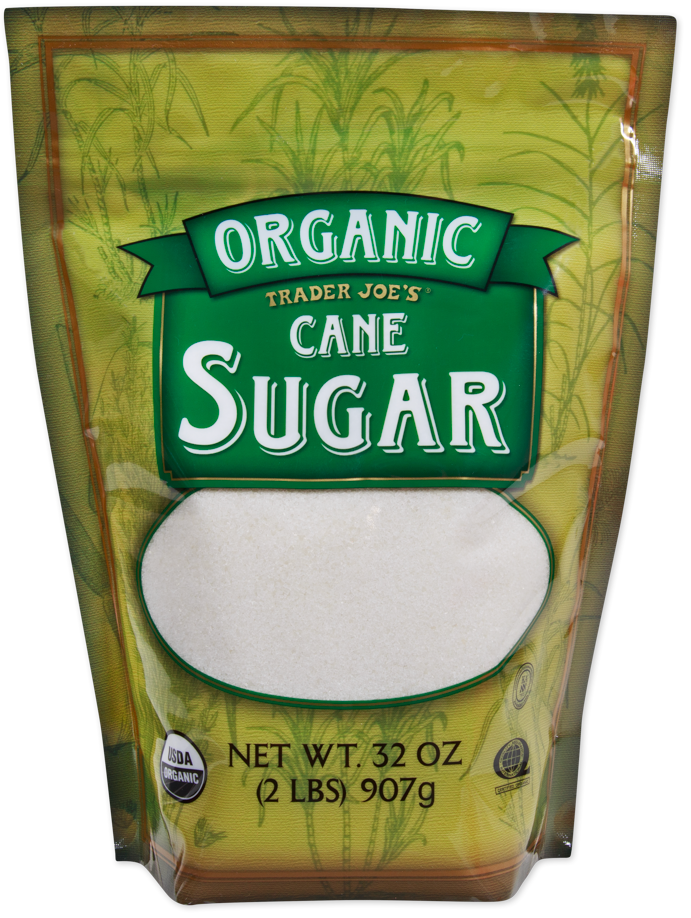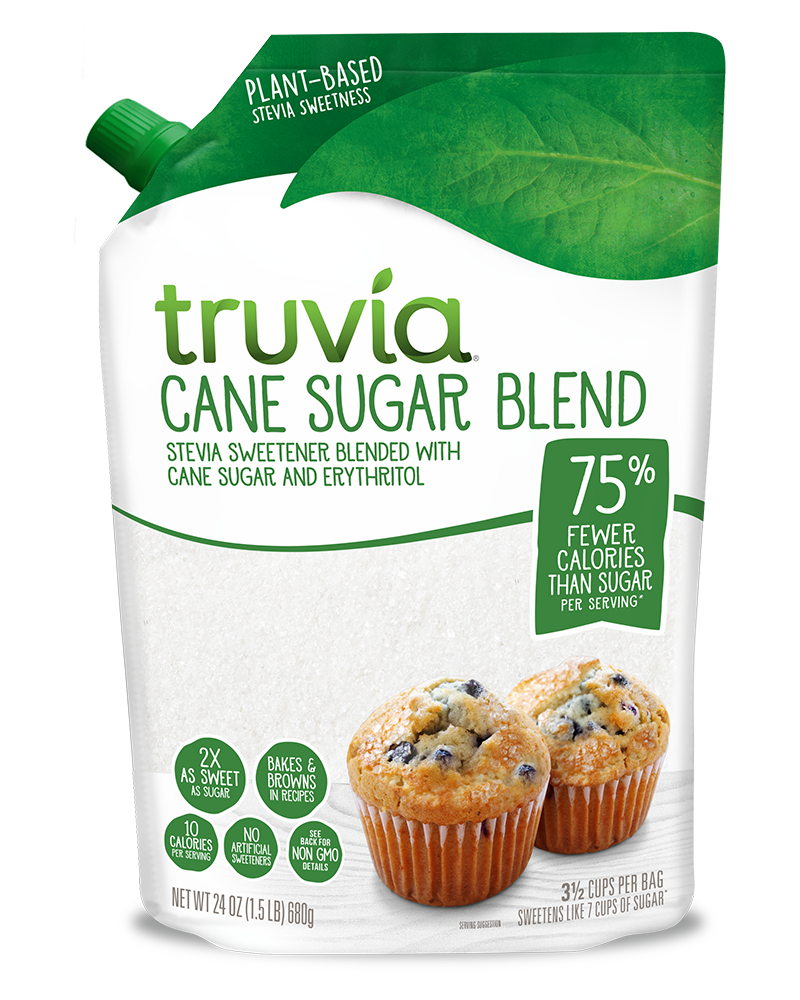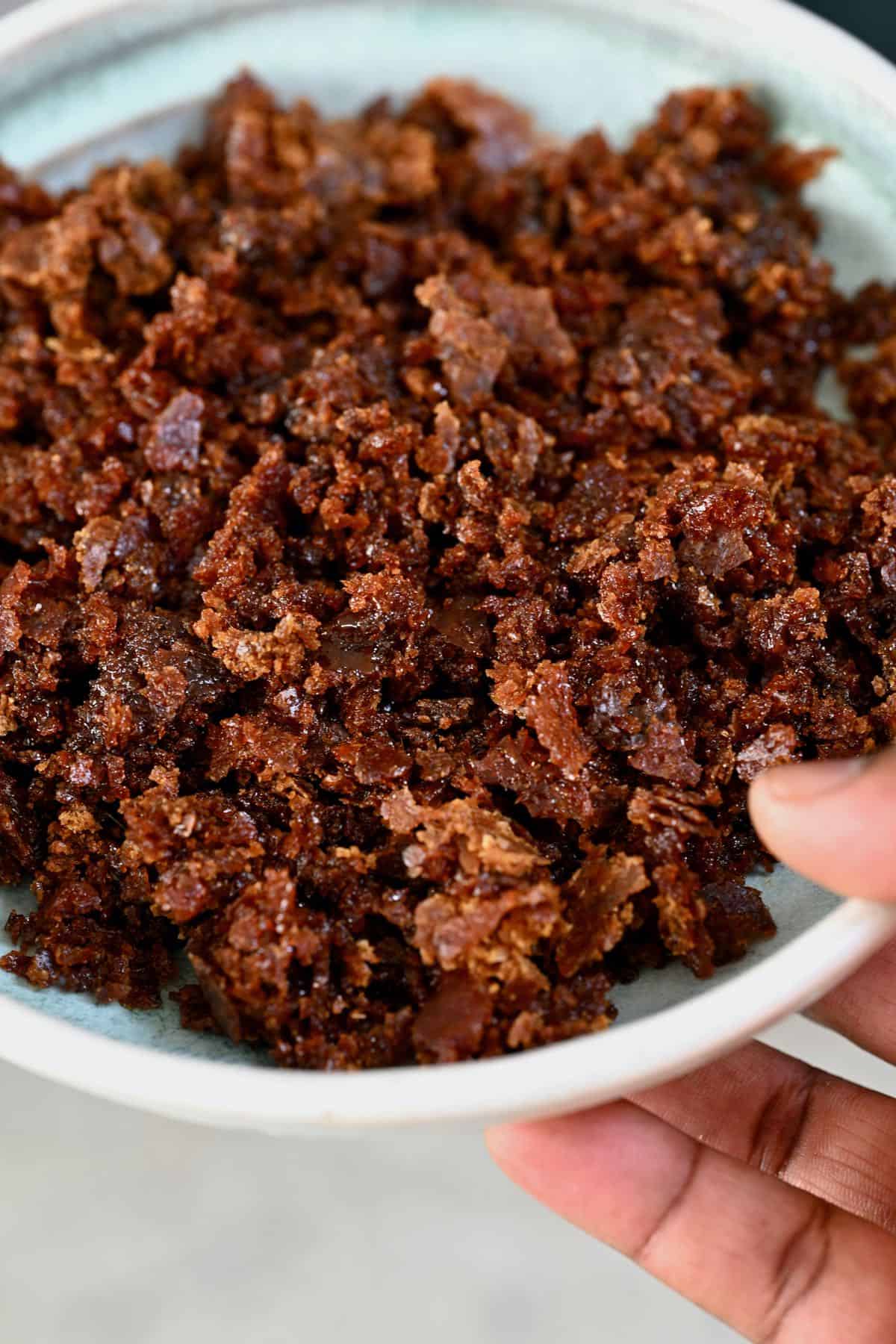Recognizing Cane Sugar Processing: A Comprehensive Review of the Stages
Recognizing Cane Sugar Processing: A Comprehensive Review of the Stages
Blog Article
Checking Out the Comprehensive Tips Entailed in Walking Cane Sugar Processing From Harvesting to Refinement
The process of cane sugar manufacturing encompasses a series of intricate steps, starting with the mindful harvesting of sugarcane and finishing in the refinement stages that make sure the final item satisfies sector standards. Each phase, from the removal of juice to the filtration and condensation processes, plays a crucial role in identifying the high quality and personality of the sugar.
Gathering Sugarcane
Collecting sugarcane is an important action in the walking cane sugar processing chain, as it straight affects the quality and return of the end product. Correct timing and techniques are necessary during this stage to make sure ideal sugar content and lessen losses. Generally, sugarcane is gathered when it gets to maturity, typically 12 to 18 months after planting, identified by a high sucrose focus.

Post-harvest, the sugarcane should be processed quickly to avoid sucrose degradation. Ideally, gathered walking stick needs to be transported to processing facilities within 1 day to preserve sugar quality. As a result, efficient logistical planning is essential to keep the honesty of the harvested plant throughout the supply chain.
Removal Refine

The crushed walking stick goes through a collection of pressing operations to maximize juice recuperation. Typically, warm water is sprayed onto the smashed cane, producing a countercurrent flow that assists liquify the sugar while also aiding in the removal procedure. The juice gathered from this procedure consists of not just sugar but likewise various organic substances and impurities.

To improve extraction efficiency, some centers may employ diffusion approaches, where the sugarcane is soaked in warm water, allowing the soluble sugars to diffuse right into the liquid. The resulting juice, rich in sucrose, is then directed to subsequent handling stages, laying the foundation for filtration and refinement. The removal procedure is thus essential in determining the high quality and return of the final sugar item.
Filtration Methods
The filtration techniques utilized in walking stick sugar handling are crucial for changing the raw juice right into a top quality sugar product. These techniques mostly intend to get rid of impurities, such as dirt, plant products, and inorganic substances, which can detrimentally influence the end product's flavor and shade.
Among the most usual purification techniques is clarification. This procedure involves adding lime and warmth to the raw juice, which assists in the coagulation of contaminations. The resulting precipitate is after that gotten rid of via sedimentation or filtration, producing a more clear juice. In addition, making use of phosphoric acid can enhance the clarification process by further binding contaminations.
One more substantial strategy is carbonatation, where co2 is presented to the cleared up juice. This response creates calcium carbonate, which catches continuing to be contaminations and advertises their elimination.
Additionally, triggered carbon treatment may be related to adsorb any remaining colorants and natural impurities, making certain a much more polished product. The combination of these approaches efficiently prepares the sugar juice for succeeding action in the refining procedure, establishing the stage for the manufacturing of premium walking cane sugar.
Condensation Techniques
After the filtration phase, the following essential step in walking cane sugar processing involves condensation methods, which play a critical duty in changing the clarified juice into strong sugar. This procedure usually uses two key methods: spontaneous condensation and regulated formation.
In spontaneous condensation, supersaturated sugar remedies are allowed to cool naturally, causing the development of sugar crystals with time. This method is simpler however may lead to irregular crystal dimensions and reduced pureness levels. On the other hand, managed condensation is a much more exact strategy where seeding, focus, and temperature level representatives are meticulously managed. This method permits the uniform growth of sugar crystals and higher purity.
During crystallization, the cleared up juice is link concentrated through evaporation, enhancing its sugar material up until it gets to supersaturation. As soon as this factor is achieved, either method can promote the formation procedure. Cane Sugar Processing. The resultant sugar crystals are after that separated from the staying syrup through centrifugation
Ultimately, the option of condensation approach influences the quality, size, and purity of the final sugar item, making this action important in the general walking stick sugar processing procedure.
Improvement and Product Packaging
Just how can the purity and quality of cane sugar be further enhanced after formation? The improvement procedure plays a critical duty in attaining high-grade walking cane sugar. Complying with condensation, sugar undergoes a complete washing to get rid of pollutants and recurring molasses. This is normally completed using warm water or vapor, which helps dissolve and draw out undesirable elements while preserving the sugar crystals.
Following, the sugar is subjected to a process called centrifugation, where it is rotated at broadband to separate the detoxified sugar crystals from the remaining liquid. After centrifugation, the sugar is usually further fine-tuned via a method called carbonization or phosphatation, which uses turned on carbon or phosphoric acid to eliminate color and off-flavors.
When improved, the sugar is dried to achieve the preferred dampness web content, making sure that it continues to be stable during storage space and transportation. The last action involves packaging the refined sugar in moisture-proof and impermeable containers to maintain its quality and stop contamination. Cane Sugar Processing. Correct product packaging not just extends service life however additionally facilitates simple handling and distribution, making certain that customers obtain sugar that meets the highest standards of purity and quality
Final Thought
The detailed actions included in walking cane sugar handling, from the thorough harvesting of sugarcane to the detailed improvement and product packaging stages, underscore the importance of click this site each stage in ensuring premium sugar production. Optimal harvesting techniques, efficient extraction methods, and rigorous filtration procedures collectively contribute to the final product's purity and stability. The condensation and succeeding product packaging techniques better improve the honesty and service life of the sugar, highlighting the complexity and accuracy fundamental in this essential farming market.
The process of cane sugar manufacturing includes a series of detailed actions, beginning with the careful harvesting of sugarcane and finishing in the refinement phases that make sure the final item satisfies industry criteria. Ideally, harvested walking stick ought to be transferred useful reference to refining facilities within 24 hours to maintain sugar high quality.In spontaneous crystallization, supersaturated sugar remedies are enabled to cool normally, leading to the development of sugar crystals over time - Cane Sugar Processing. The refinement procedure plays a vital role in attaining top notch cane sugar.The detailed steps included in cane sugar handling, from the meticulous harvesting of sugarcane to the complex improvement and packaging phases, underscore the value of each phase in making sure premium sugar manufacturing
Report this page